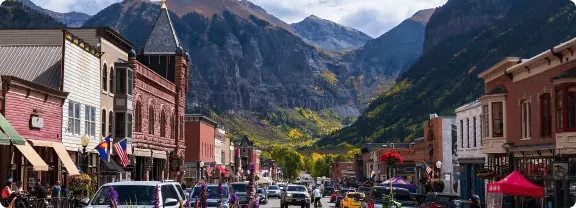


Aggregates are a combination of sand, gravel, crushed stone, and shale. Sand and gravel make up the most basic yet essential construction materials that are used extensively for the building of roads, bridges, offices, residences, and numerous other commercial, industrial, and public works construction projects.
Aggregate materials, including sand and gravel, have a variety of uses in construction and other applications. They are commonly used in playgrounds, golf courses, baseball diamonds, bike trails, and roadways to improve safety. Aggregate is also a crucial component in the construction of buildings, including homes, schools, and community centers. In fact, an average person consumes 10-14 tons of aggregate per year, which is equivalent to one full tandem truckload. These materials play a vital role in our daily lives and are used in many of the places we frequent.
It's important to remember that aggregate is a non-renewable resource. Once land is developed, the aggregate beneath it is no longer accessible. If an aggregate resource is not developed, the materials must be transported from a different site, often located far away. The greater the distance to the source of aggregate, the more expensive it becomes to use in construction projects such as paving driveways, building houses or schools, or filling sandboxes. This increased cost also contributes to higher vehicle emissions from increased fuel use and additional wear and tear on local roads and highways due to increased truck traffic. In the end, this affects the consumer by raising the cost of these types of projects.
The aggregate mining industry is heavily regulated, and companies must follow strict environmental laws and regulations, such as
a) Equivalent Land Capability – that requires land be reclaimed back to a capability equal or better than before mining;
b) Conservation & Reclamation Planning - requiring the submission of specific conservation and reclamation plans to government agencies regarding development details, conservation strategies, and reclamation plans for all aggregate mining proposals, and;
c) Operating Conditions - where we follow the operating conditions (hauling routes, hours of operations, etc.) set by local municipalities or counties. By adhering to these regulations, companies like ours can provide local, cost-effective aggregate while also creating new amenities such as parks, golf courses, and community centers through land reclamation. This benefits the community in multiple ways.
An asphalt driveway that is properly installed by an experienced asphalt contractor should generally last between 15 to 20 years. The key to extending the lifespan and durability of your asphalt surface is to perform regular preventative maintenance to keep your surface looking great.
We often tell our customers that there are a few key enemies of asphalt pavement to guard against. Surface water is the key cause of asphalt failure, which is why it is important that storm water management is the first consideration in the installation process. In addition, proper sealcoating applications can help protect your asphalt surface from sunlight and vehicle fluids that can also cause damage.
Taking preventative steps to maintain your parking lot can save you a lot of money in repair costs and keep your parking lot looking great for years to come. Simple things like regular cleaning, sealcoating applications and seasonal repairs will help you extend the lifespan of your parking lot and impress your visitors and customers alike.
Ready mixed concrete is delivered in trucks that mix the concrete on the way to the job site. It is unhardened and in a flowable state ready to be poured. The trucks you see on streets with revolving drum mixers are carrying ready-mixed concrete.
There is often confusion surrounding the use of the terms "cement" and "concrete." It is important to note that cement is the binding agent in concrete. When mixed with water, cement forms a paste. When this paste is combined with sand and gravel, it becomes concrete. Concrete is a strong and durable material that is commonly used in construction for building driveways, sidewalks, and walls.
Many variables, such as the kind of mix used and the temperature, make a difference in how long it takes for concrete to set. In general, an initial set is reached between two and four hours after the pour. A final set can be achieved in 24 hours. But it could take more than one month for concrete to reach its ultimate strength.
Concrete naturally shrinks as it matures, and is subject to volume changes from temperature and moisture cycling. As a brittle material, it's somewhat implict that concrete will crack to relieve stress associated with changes in volume, and emphasis is best placed on controlling where the cracks occur rather than prevention.
Joints allow for the expansion and shrinkage of concrete due to temperature and moisture variations. There are three kinds of joints: construction joints, contraction joints, and expansion joints. All three are considered to be 'engineered cracks'.
The simple answer is that asphalt breaks down more quickly. Concrete driveways can last more than 30 years without much maintenance. With asphalt, you need periodic applications of surface and crack sealer. Even then, asphalt will have a shorter life-span. A concrete driveway is also more appealing when you resell a home.
No. If color is added to the concrete and then mixed with the concrete’s other ingredients, the color will blend throughout the mix. Even if a crack appears in the future or the mortar is chipped, the color will appear in the newly exposed concrete.
It's important to keep in mind that concrete trucks are very large and heavy when fully loaded. Talk to a BURNCO manager about the construction of driveways and approaches to the work site. There are many kinds of equipment that can be used to get concrete into hard to reach areas, such as pumps and conveyer belt-like transport devices.
After concrete is poured, it is textured to give it a finished look. A variety of finishes can be achieved, depending on the tools used.